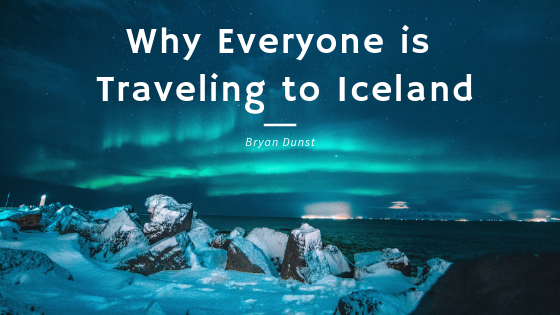These days, it seems that everyone is traveling to Iceland. Some people arrange their flights to Europe with a layover in Reykjavik, capitalizing on the bargain prices. Others make the coldly beautiful island their destination.
So how did Iceland, a freezing island on top of the world, become such a hot travel destination? The answer is complicated. Multiple factors have contributed to the country’s popularity, from the economy to global awareness of its breathtaking landscapes.
Iceland first became a cheap commodity during its banking crisis in 2008. The local currency was devalued, forcing prices around the country to nosedive. But with the world also undergoing an economic squeeze, this price-drop was insufficient to bring so much tourism to Iceland.
Another key factor was the eruption of Eyjafjallajökull in 2010. Media outlets worldwide began showing footage of the volcano, unintentionally displaying as well the pristine, stunning backdrop of Icelandic mountains and fjords. Soon, major TV shows like Game of Thrones began filming on the island, increasing media exposure.
Credit also goes to Iceland’s major airline, Icelandair. In the 1950s, the airline started stopping in Reykjavik to refuel during transatlantic flights. It marketed this stop as a free layover, allowing travelers to discover Iceland’s vistas. Today, an Icelandair flight that has a layover in the country is jaw-droppingly cheaper than a direct transatlantic flight.
The increase in tourism has not been entirely positive, however. As Reykjavik becomes more touristy, it loses cultural appeal. Sightseers can also harm the natural landscapes that have remained untouched for centuries.
There are ways to create a trip to Iceland that surpasses the typical tourist visit and doesn’t damage the environment. One of the best tips is to avoid the crowds of Reykjavik by centralizing around a different city. For instance, although Reykjavik has great whale-watching, Húsavík is acclaimed as the best city in Iceland for the activity.
Another option is to get off the beaten path of the Golden Circle. This loop is convenient but crowded with tour buses. A cheaper solution is to rent a car and discover other driving loops that will provide a better experience.
In the end, the amount of buzz surrounding Iceland is unlikely to die down anytime soon. This beautiful island is set to remain a popular tourist site for years to come.

